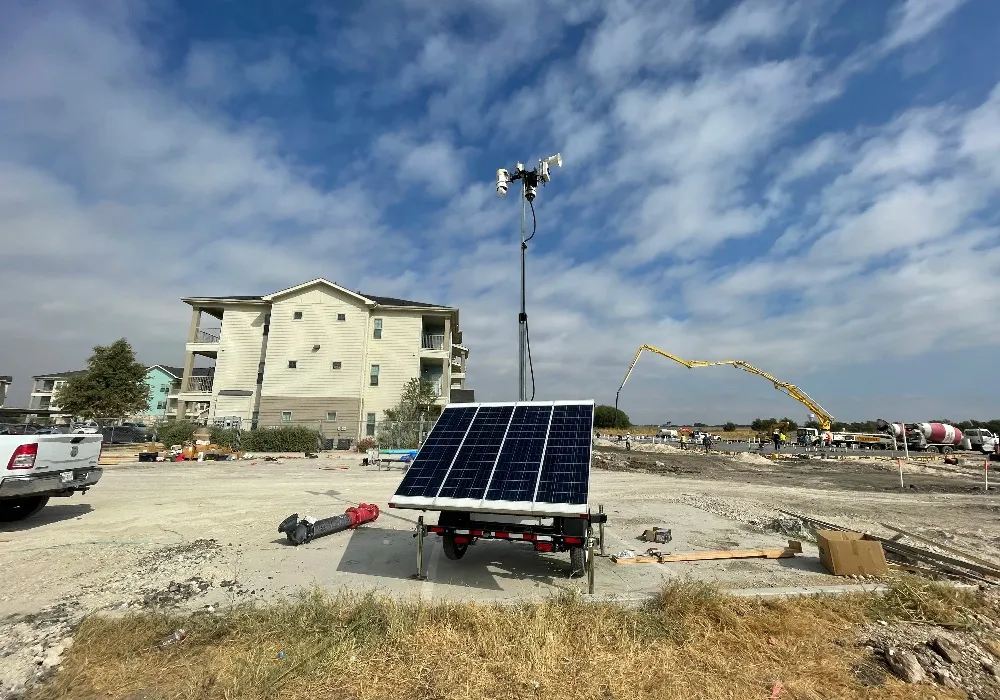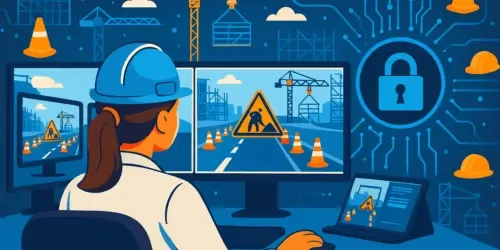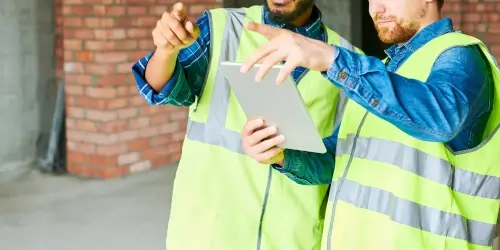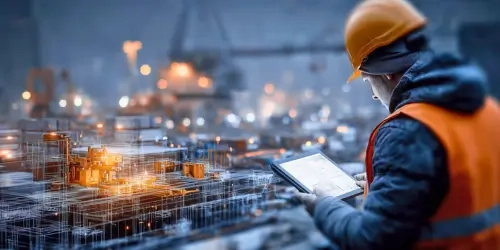Construction jobsites have never been more connected. Cameras track progress day-to-night while sensors monitor safety conditions. Data flows constantly between field teams and project managers.
But underneath this technological surface, many sites still run on legacy systems that predate the cloud. They work (most days), but weren't built for today’s cloud-first world.
Outdated systems quietly drain budgets, expose jobsites to security risks, and slow down digital transformation. What looks like a “good enough” setup often hides costs that aren’t immediately visible on a balance sheet.
This article uncovers those hidden costs. We’ll look at why legacy systems are especially challenging in construction, how they impact everything from security to ROI, and why modern, scalable solutions are changing the game for IT leaders.
Defining “Legacy Systems” in the Construction Context
When we talk about “legacy systems”, we don’t just mean old computers gathering dust in a back office. In construction, legacy systems often take the form of:
-
On-premise platforms designed before the cloud era, dependent on local servers or outdated software.
-
Closed, proprietary tools that don’t integrate easily with newer applications.
-
Hardware-locked systems like older camera setups or monitoring devices that require specialized, costly support.
-
Data silos where information is stored in formats or locations that can’t connect with cloud dashboards or analytics.
In construction, projects are temporary, budgets are tight, and many firms adopt the mindset of “if it isn’t broken, don’t fix it". Add to that vendor lock-in and long equipment lifecycles, and it’s easy to see why legacy platforms survive long past their prime.
But survival comes at a price, and these systems prevent jobsites from working at their best.
Hidden Costs of Maintaining Legacy Systems
At first glance, legacy systems seem cheaper to keep than replace. But for construction IT managers, the “keep it running” approach comes with costs that show up in staff hours, risk exposure, and lost opportunities.
Maintenance and operational overhead
Older systems need constant care. That might mean sending IT staff out to remote jobsites just to reset or repair a device that no longer plays nicely with modern infrastructure.
Each hour spent on patchwork is time not invested in efficiency improvements or new technology rollouts. Eventually, the labor hours and spare parts exceed the cost of switching to modern mobile surveillance trailers, which are portable, solar-powered, and remotely monitored to minimize labor and field visits. These trailers cut downtime but also improve jobsite security outcomes.
Security and compliance risks
Legacy systems are notorious for lagging on security. Unsupported software and outdated firmware leave cracks wide open for breaches. On jobsites, this could mean unauthorized access to surveillance feeds or weak protection for sensitive project data.
When compliance requirements change, like stricter data privacy or safety reporting, legacy systems often can’t keep up. That’s why many IT leaders are now turning to smart detection systems with built-in intrusion, smoke, and PPE monitoring, which help strengthen security and ensure compliance across temporary sites.
Integration, interoperability, and data silos
Legacy systems rarely integrate smoothly with modern platforms, forcing teams to create workarounds or move data manually. The result is siloed information, inconsistent reporting, and slower decision-making.
Imagine environmental monitoring data that can’t feed into a live safety dashboard, as valuable insights are lost simply because the system can’t talk to anything else. Our Stellifii platform draws all feeds together into one cloud-based hub, eliminating silos and centralizing diagnostics, alerts, and reporting.
Inefficiencies, downtime, and opportunity costs
Old systems are brittle. They crash more often, recover more slowly, and require extra downtime to maintain. For construction jobsites working against deadlines, every hour of downtime is money lost and schedules delayed.
Beyond just repairs, the hidden cost is the "opportunity cost" of not being able to deploy advanced features like environmental monitoring (noise, air quality, weather) or smart video analytics that modern systems provide out of the box.
Talent and skill gap costs
Legacy systems often run on outdated code or hardware that fewer professionals know how to maintain. Hiring or contracting people with those skills is expensive, and the knowledge gap widens every year as experienced staff retire.
This makes firms dependent on a shrinking (and costly) talent pool. By contrast, cloud-first, widely supported platforms reduce reliance on niche expertise, making it easier to train teams and adapt quickly.
Hidden indirect/secondary costs
Missed safety alerts can cause accidents. Poor integration leads to duplicated work or costly rechecks. Gaps in environmental data might result in regulatory fines. Insurers may even increase premiums for firms that can’t prove they’re using modern monitoring.
These ripple costs are harder to track, but they drain budgets just as surely as direct expenses. For many construction jobsites, switching to flexible options like mobile surveillance cameras ensures that risks are addressed before they spiral into bigger losses.
Why These Costs Are Particularly Acute in Construction Jobsites
Legacy systems create problems in every industry, but construction jobsites amplify those challenges. Unlike corporate offices, construction projects are temporary, highly mobile, and constantly shifting. Technology that wasn’t designed for this environment struggles to keep up, creating inefficiencies that ripple across safety, security, and productivity.
Remote and temporary environments
Construction jobsites often operate in remote areas with limited power and connectivity.
Solutions like mobile surveillance trailers can be deployed in minutes, with solar power and built-in cellular connectivity ensuring 24/7 monitoring without relying on external power or internet.
Mobility and redeployment needs
Unlike permanent facilities, jobsites shift location as projects move forward. Legacy platforms tied to fixed infrastructure can’t adapt to this mobility.
Mobile-first solutions like pole cameras provide this flexibility. They can be redeployed as the site changes, ensuring continuous coverage without costly reinstallation.
Security and asset protection
Construction jobsites are prime targets for theft, vandalism, and trespassing. Legacy surveillance often fails to provide the proactive construction jobsite security needed to stop incidents before they escalate.
Today’s cloud-enabled tools use smart detection systems, from intrusion alerts to smoke and fire detection, to protect high-value assets and improve response times.
Safety and compliance demands
PPE violations, air quality standards, and noise restrictions all require monitoring and reporting. Legacy systems lack the flexibility to capture and centralize this data, leaving IT managers with blind spots.
By contrast, modern environmental monitoring solutions for noise, weather, and air quality integrate smoothly into jobsite platforms to simplify compliance.
Unified oversight and diagnostics
With legacy systems, each tool runs in isolation, forcing IT managers to manage multiple platforms. This is especially problematic when incidents happen after hours or across multiple sites.
Stellifii solves this by consolidating video feeds, smart detections, and environmental data into one dashboard, giving IT leaders control and clarity they can’t get from outdated systems.
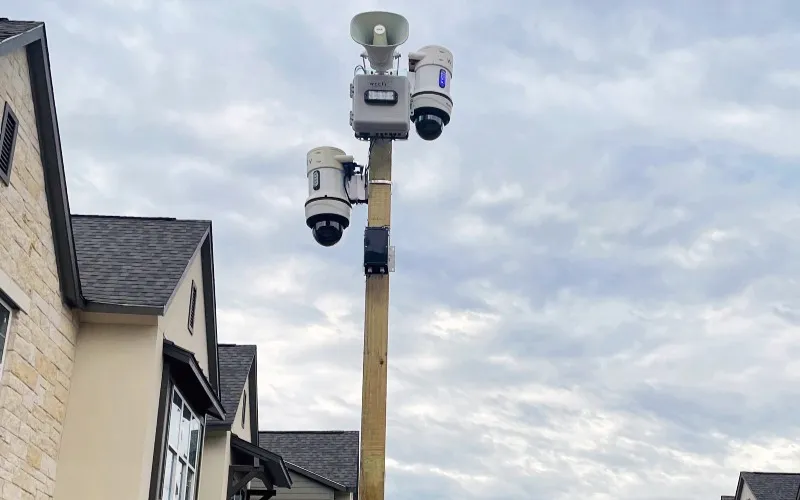
How Modern, Scalable Solutions Help Recover Costs and Improve ROI
Replacing legacy systems may seem like a major investment, but the returns show up in time saved, reduced risk, and the ability to keep projects moving without interruption. WCCTV’s construction jobsite security division specializes in these environments, offering tools designed for mobility, compliance, and real-time oversight.
Reduced maintenance and simplified operations
Cloud-native platforms are designed for remote deployment and easy upkeep. Updates happen automatically, diagnostics can be run off-site, and there’s less need to send IT staff into the field. For example, solar surveillance trailers and pole cameras come equipped with remote monitoring tools, cutting down the manpower and logistics required to keep systems running smoothly.
Stronger security posture
Modern systems are secure by design, with analytics and detection capabilities built in. Instead of relying on human oversight alone, cloud-enabled platforms can automatically flag unusual activity. Smart detection tools like intrusion detection, smoke and fire monitoring, and PPE compliance checks help catch incidents before they spiral into bigger losses.
Seamless integration and data unification
Where legacy systems isolate data, modern platforms unify it. Stellifii brings together live surveillance monitoring, environmental monitoring, and smart alerts into a single dashboard. This centralization saves IT managers from managing multiple vendors and makes it easier to pull compliance reports, track performance, and respond quickly to issues.
Scalability, agility, and reduced downtime
Construction projects evolve, and technology needs to evolve with them. Cloud-first systems can scale up or down depending on the project’s scope, adding new features without requiring a full infrastructure overhaul. Whether it’s deploying more environmental monitoring sensors for a large project or scaling back once the work is complete, the flexibility reduces cost and waste.
Operational efficiency and safety gains
Automation takes pressure off on-site teams. Instead of relying on manual audits or post-incident reviews, modern systems combine AI-driven surveillance and compliance tools to log PPE usage automatically, detect unsafe conditions, and trigger instant alerts for quick response. Integrated cameras provide visual verification, helping teams respond faster and document every incident with clear, real-time evidence.
This proactive approach not only improves safety but also protects project timelines by reducing stoppages caused by preventable incidents.
Tangible ROI and cost recovery
When you add it all up (reduced downtime, fewer thefts, lower insurance costs, and freed-up IT resources), the savings are clear. IT leaders also gain more predictable budgets by phasing out unpredictable repair bills and replacing them with streamlined, service-based costs. The ROI of modernization shows up in faster project delivery, safer crews, and reduced total cost of ownership.
Implementation Considerations and Best Practices
A rushed rollout can cause disruption, but a well-planned implementation drives adoption and delivers clear returns. Here's what works:
-
Start by identifying which legacy systems create the most cost and risk. Not every system needs replacing at once, so focus on the areas with the greatest business impact.
-
Choose smart solutions that integrate smoothly with existing workflows while future-proofing your operations for regulatory and technology shifts.
-
Involve teams early, provide training, and establish clear ownership to ensure smooth adoption.
-
Implement systems that consolidate compliance, security, and diagnostics into one hub. This not only simplifies daily management but also makes it easier to demonstrate compliance during audits.
-
Track costs saved, risks reduced, and efficiencies gained post-implementation. Reviewing these metrics regularly ensures you capture the full benefit of modernization.
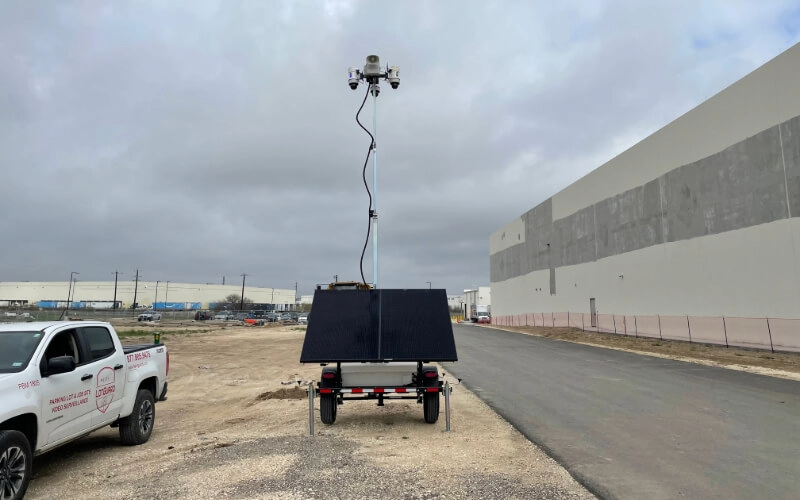
Turn Your Costly Legacy Burdens into Scalable Growth
Legacy systems may look cheaper to maintain on the surface, but they drain construction firms through hidden costs. By contrast, modern, scalable, analytics-enabled solutions give IT leaders the tools to cut waste and improve safety. Instead of working around limitations, construction firms gain control, clarity, measurable ROI, and operational flexibility.
